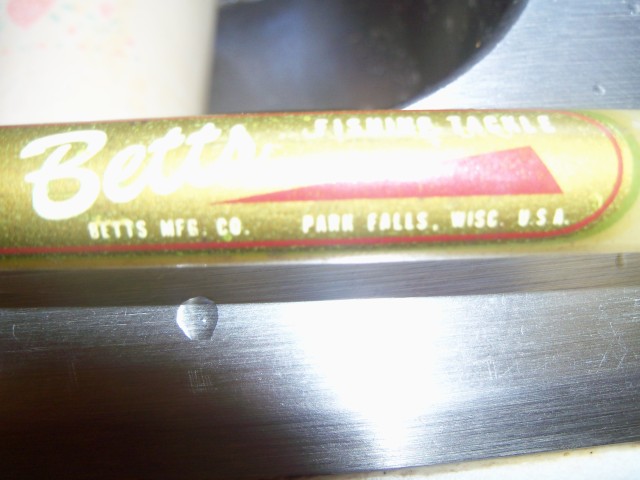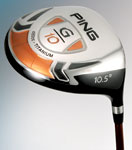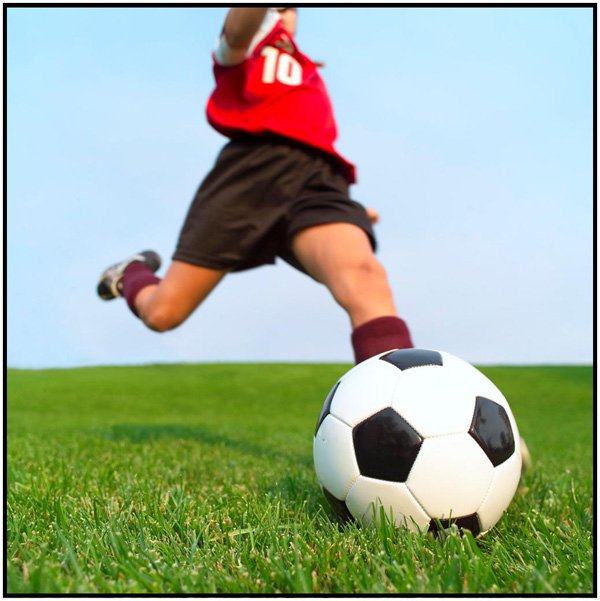fundamental drills
Question
My son is 8yrs old and wants to play baseball so bad. We signed him up in Little League but we have a problem. He doesn't have the basic fundamentals down and his coach has no intrest in helping him. He spends all his time with the "good kids" leaving my son and two others on their own.Could you give me some drills to help catch him up on things like throwing, and batting. I read a drill you gave on playing catch. Also when they did put him up to bat the pitcher hit him 3 times with the ball and now he is afraid of the ball. All he does is talk baseball-I just want him to have as much fun as possible. Thanks-Crystal
Answer
Hi Crystal,
I am always disappointed to read about situations like this. I trully hope this is just a misunderstanding and can be corrected quickly, for your son's sake.
You could approach the coach and tell him what you just told me - that your son needs help. Try not to put the coach on the defensive and seek some remedy that works for both of you.
If this coach is good, he'll address your concerns and work something out. Maybe an extended practice for weaker players or find someone to work with the weaker players. Your son's coach should know the areas that your son needs to work on. Hopefully he's willing to do something about it.
If the coach is not interested in helping your son, you have few choices: you go to the league officials and see what they can do; you accept this situation and hire someone to help your child; you find another team.
If you can afford it, see if you can hire someone to tutor your son. Another alternative is baseball camps. They are a very good means of improving your son's abilities and I'm sure you'll find one close to you. They are a great means of boosting your son's confidence and he'll get the attention he needs.
Here's a camp that I am aware of that works well with 8 year olds:
http://www.baseballcamps.com - look at "Next Level" camps
Batting
If space is limited, buy a batting T then roll up a pair of old socks to use as a baseball. The trick is to practice, practice, practice and confidence will follow.
You could go to the local batting cage and spend some time there to improve batting skills. The batting machine does not 'bean' batters unless they are standing in the path of the ball. You can assure your son that the pitched balls will go across the plate and not towards the batter.
Some of these batting cage parks have bulletin boards which offer individual tutors. Some even have staff you can hire for coaching purposes.
It's difficult to coach all of this via the internet as there are so many things to consider (stance, grip, hips, arms, head placement). An example of this is the skills needed for throwing (thanx Jon Anderson):
THROWING THE BASEBALL
ENTIRE BODY
When kids are taught to throw, often the instruction is watered down into just a couple of steps. The act of throwing a baseball is not that simple. Throwing requires the entire body to work together in order to throw the ball accurately and to put something on it. All positions on the field require the ability to throw the ball accurately. Good throwing mechanics will enable you to make plays. When you warm up with the team before practice or play catch in the back yard, make sure you work on your mechanics and strive to improve your accuracy.
GRIP
The proper throwing grip across the largest seems on the baseball. Try to keep the ball out on the fingertips not back in your hand. Gripping the ball in the palm of your hand and not out on your fingers will cost you velocity and accuracy. Younger players may need to grip the ball with three fingers instead of two, but unless their hands are very small they should still try to grip the ball out on the fingers.
WRIST
Many young players don't use their wrist much when throwing the ball. When the ball is brought back in the throwing motion, the wrist should be cocked back. This way the wrist can be used as part of the throwing motion. You can practice this skill by holding your throwing arm just above the wrist with your glove hand. Bend your throwing arm at the elbow with your forearm vertical. Keeping your arm in this position, practice throwing the ball with just your wrist and fingers. It may feel strange at first, but keep working on this skill. The wrist and fingers play a major role in the accuracy of your throw.
ARM
You can think of the motion your arm makes when throwing the ball as a circular motion. If you're throwing a short distance, the circular motion will be smaller then when you are throwing farther, but it's still a circular motion. The circular motion will aid your throw by providing more natural momentum than simply bringing your arm strait back and then forward. The circular motion should begin when you're pulling the ball from your glove. If you are playing outfield you will almost always be making a longer throw, so when you remove the ball from your glove, your arm and hand should drop down and by your back knee. This will provide you with the longest circular motion possible. If you are making a shorter throw in the infield for example, you may take the ball out of your glove and move it back and down slightly. This will give you a circular motion appropriate for the distance.
How do you determine if you're throwing with a circular motion or not? One of the best ways to check yourself is to freeze occasionally after you pull the ball out of your glove. If you are bring it up and back for anything other than a very short throw, you are not using a good circular motion in your throw.
If you have been throwing incorrectly for a long time, then it is going to feel different throwing with a good circular motion. That is to be expected. Practice throwing this way all the time and it will soon feel natural and you should see increased accuracy and velocity.
FRONT SHOULDER
When throwing you want your front shoulder to point in the direction of where you are throwing. So after fielding the ball you will be turning your body sideways and pointing your lead shoulder in the direction of the throw.
LOWER BODY
If you follow the logic of having your front shoulder facing the target then you might have guessed that you also want your lower body lined up in the same manner. Your back foot should be perpendicular to the target and your hips should be closed and also pointing in the direction of the target.
Once you have everything lined up, you'll want to step toward the target with your lead foot, push off your back leg, and throw the ball using your entire body.
ROTATION In order to throw the ball so it won't tail, you want to make sure you throw it across all four seems with '12-6' rotation. '12-6' rotation refers to a clock. If the ball rotates from 12 strait down to where the 6 would be on the clock, this would be considered '12-6' rotation.
Unless you throw the ball strait over your head, you won't be able to get '12-6' rotation without moving your wrist. As the ball comes forward during your motion, you will want twist your wrist to keep your hand as vertical as possible. This is the key to having good '12-6' rotation on the ball.
The only other thing I can say is keep encouraging your son. One way of attracting the coach's attention is to always have a positive attitude and to 'hustle' throughout the practices. A 'can do' attitude shows the coach a player is interested and eager to learn. Poor attitudes, dejection and negative behaviour will not attract the right attention. This may not be your son's case, but be aware that a coach will often avoid players who have badd attitudes. A coach needs to know that players are interested and anxious to improve thru hard work. It may be a way to get that extra attention he needs.
Best of luck,
JohnMc
Left hander pickoff move
Coachs Pitch


